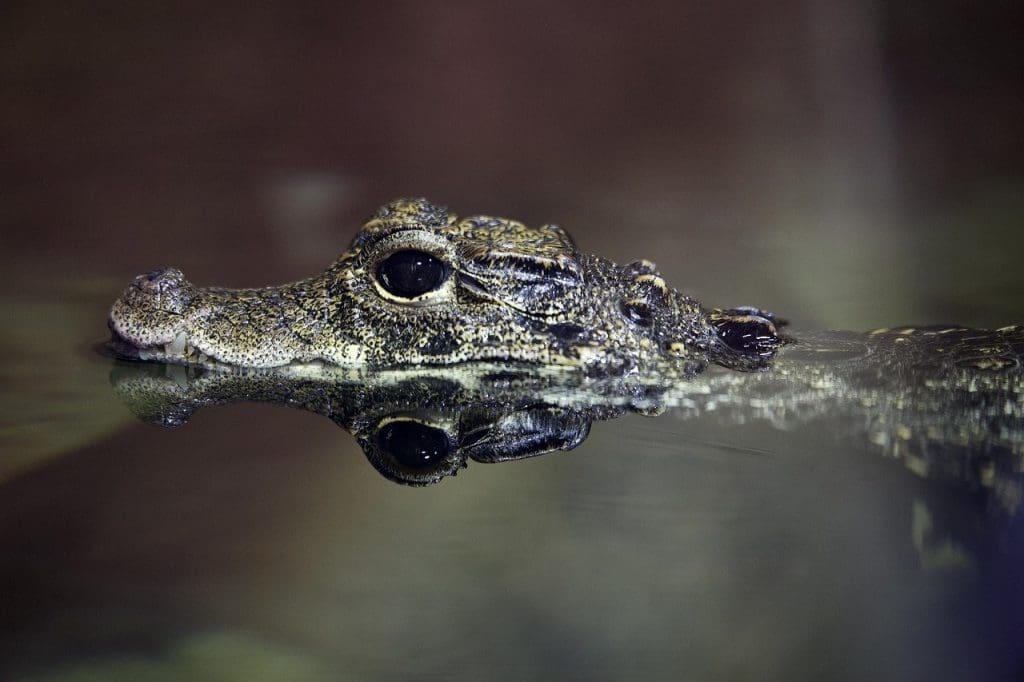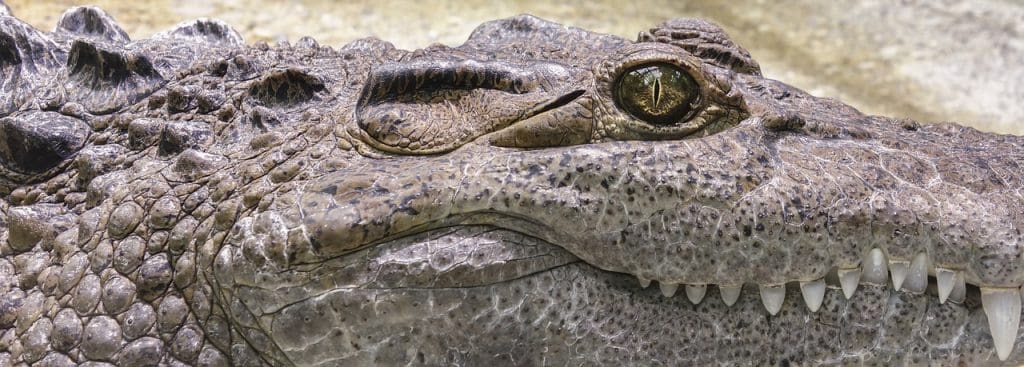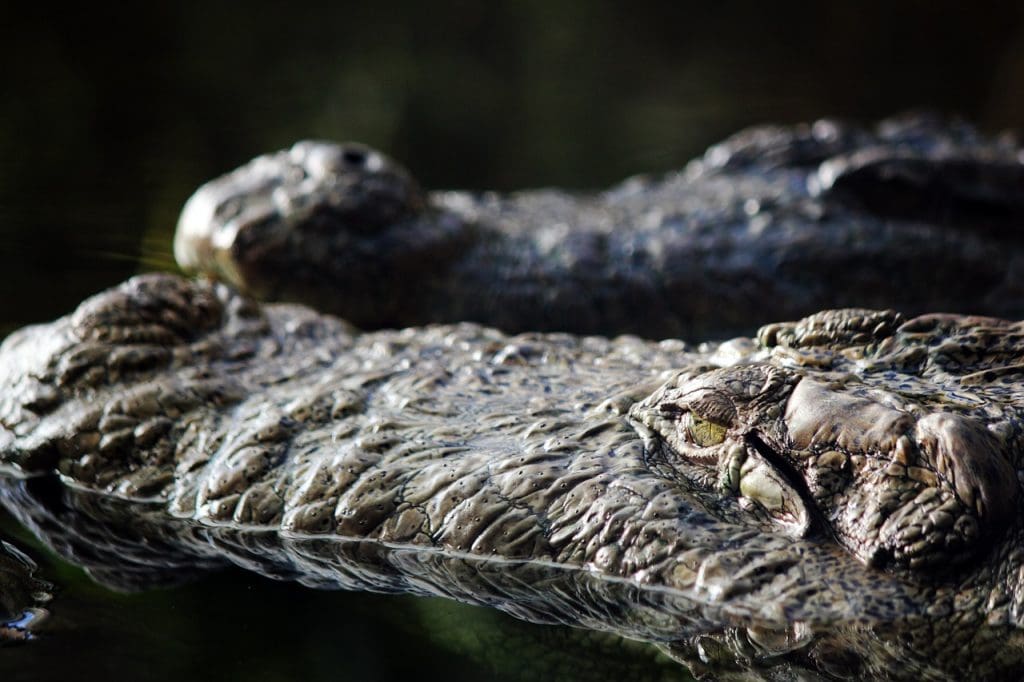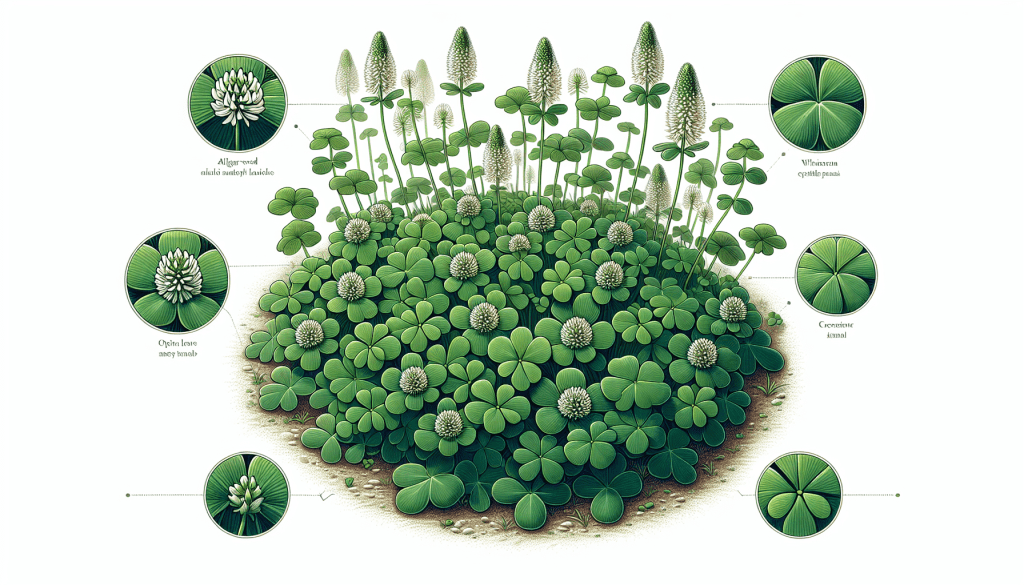Welcome to your ultimate guide on spotting alligator weed in your yard or garden! Alligator weed is a pesky invader that can take over your precious green spaces if left unchecked. In this article, you’ll learn the telltale signs to look out for, including its small, white flowers and its unique, oblong leaves that grow in opposite pairs. By familiarizing yourself with these key characteristics, you’ll be well-prepared to protect your garden from this aggressive plant. Let’s dive in and get your garden back on track!
How To Identify Alligator Weed In Your Yard Or Garden
Have you ever wondered what that invasive, sprawling plant taking over your yard might be? If you’re suspicious about a weed that seems to grow faster than you can control, it could be alligator weed. Let’s dive right into identifying this relentless invader so you can kick it out of your garden once and for all.

What is Alligator Weed?
Alligator weed (Alternanthera philoxeroides) is a notorious invasive species that hails from South America. It has become a chronic problem in various parts of the world, including the southeastern United States. This perennial plant can wreak havoc on your garden, yard, and even aquatic ecosystems if left unchecked.
Why It’s a Problem
Alligator weed is not just any other garden nuisance; it can:
- Outcompete Native Plants: Its dense mats crowd out local plant species.
- Disrupt Water Flow: In aquatic settings, it can block waterways and drainage systems.
- Impact Wildlife: It adversely affects habitats by altering the local flora, thereby impacting the food sources for animals.
Identifying Alligator Weed: Leaf Characteristics
The leaves of alligator weed are quite distinctive. Learning to recognize these features can help you swiftly become a weed detective.
Leaf Shape and Size
The leaves usually have an elliptical or lanceolate shape. They range from 2 to 8 cm long and are typically 0.5 to 2.5 cm wide.
| Feature | Details |
|---|---|
| Shape | Elliptical or lanceolate |
| Length | 2 to 8 cm |
| Width | 0.5 to 2.5 cm |
Leaf Arrangement
The leaves are arranged opposite each other on the stem, a feature that’s quite easy to spot if you look closely.
Identifying Alligator Weed: Stem Characteristics
The stem also offers some telltale signs that you can use to confirm the identity of alligator weed.
Stem Texture and Color
Alligator weed stems are:
- Hollow: This is particularly noticeable if you snap a stem.
- Green to Pinkish: The color may vary but tends to lean towards green with hints of pink.
Flower Characteristics
Identifying plants through their flowers is a reliable method, and alligator weed flowers have distinctive features that can help.
Flower Structure
- Clusters: The small, white flowers are typically found in dense clusters.
- Shape: The flowers have a papery texture and resemble tiny clovers.
| Feature | Details |
|---|---|
| Flower Clusters | Dense, small, white flowers |
| Flower Texture | Papery, similar to clovers |

Growth Pattern
How a plant grows can be a significant clue towards its identification.
Sprawling Habit
Alligator weed is known for its sprawling growth habit. It can spread rapidly through both its roots and stems.
Perennial Nature
Being a perennial plant, alligator weed does not die off in winter and can be a year-round menace.
Habitat Preferences
Knowing where alligator weed prefers to grow can make spotting it easier.
Terrestrial and Aquatic
This versatile weed can thrive in both terrestrial and aquatic environments. Whether it’s your garden, a pond, or a ditch, alligator weed can make itself at home.

Confirmation: Are You Seeing Alligator Weed?
If you’re still unsure, here are some additional checkpoints to consider.
Comparison with Other Weeds
- Does it have hollow stems?
- Are the leaves arranged oppositely?
- Are the flowers small, white, and in dense clusters?
Testing the Environment
Check areas that are often moist or waterlogged. These are prime locations for alligator weed.
| Environment | Probability of Alligator Weed |
|---|---|
| Moist Soil | High |
| Waterlogged Areas | Very High |
| Dry Areas | Low |
Controlling Alligator Weed
Once you’ve identified alligator weed, it’s time to tackle the next big question: how do you get rid of it?
Mechanical Removal
Manually pulling out the weed can be effective, but you need to ensure you remove all root fragments. Any remaining roots can regrow, making your efforts futile.
Chemical Treatments
Herbicides can be used but should be applied with caution to avoid harming other plants in your garden. Always follow the label instructions and consider consulting a professional for advice.
Biological Control
In some regions, specific insects have been introduced to control alligator weed naturally. However, these methods are generally used in larger, non-garden settings.
| Control Method | Pros | Cons |
|---|---|---|
| Mechanical Removal | Eco-friendly, Immediate Results | Labor-Intensive, May Regrow |
| Chemical Treatment | Effective, Covers Large Areas | Can Harm Other Plants, Requires Care |
| Biological Control | Sustainable, Targets Alligator Weed | Limited Availability, Slow Effect |

Prevention Tips
Preventing alligator weed from gaining a foothold is far easier than dealing with an established infestation.
Regular Monitoring
Keep an eye on moist, disturbed areas of your yard or garden and take immediate action if you see the first signs of alligator weed.
Proper Drainage
Improving drainage can make your garden less inviting for alligator weed, as it prefers moist environments.
Healthy Planting Practices
Encourage a healthy garden by planting native species that can outcompete invasive plants like alligator weed.
Common Misidentifications
It’s easy to mistake alligator weed for other plants. Here are some commonly confused plants and how to differentiate them.
| Plant | Difference from Alligator Weed |
|---|---|
| Water Primrose | Similar leaf shape but has bright yellow flowers |
| Parrot Feather | Feathery, fern-like leaves, unlike the elliptical leaves of alligator weed |

Conclusion
Understanding how to identify alligator weed is the first step in managing it. By recognizing its distinctive leaf, stem, and flower characteristics, and knowing where it prefers to grow, you can take swift action to control or eliminate this invasive plant from your garden or yard.
Have any more questions about alligator weed, or need tips on specific situations? Feel free to reach out! Your garden buddies are just as eager to keep our green spaces healthy and vibrant.
